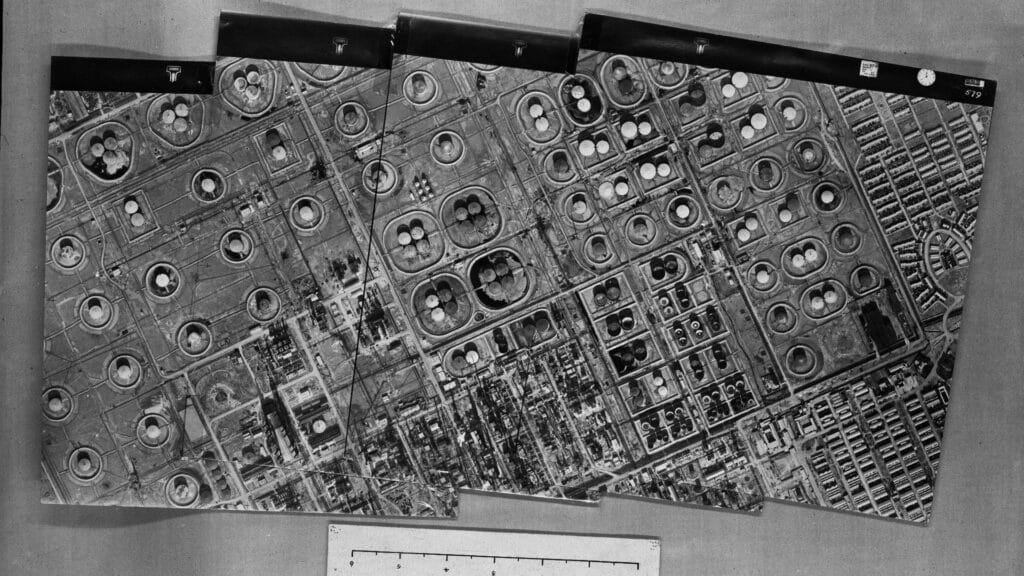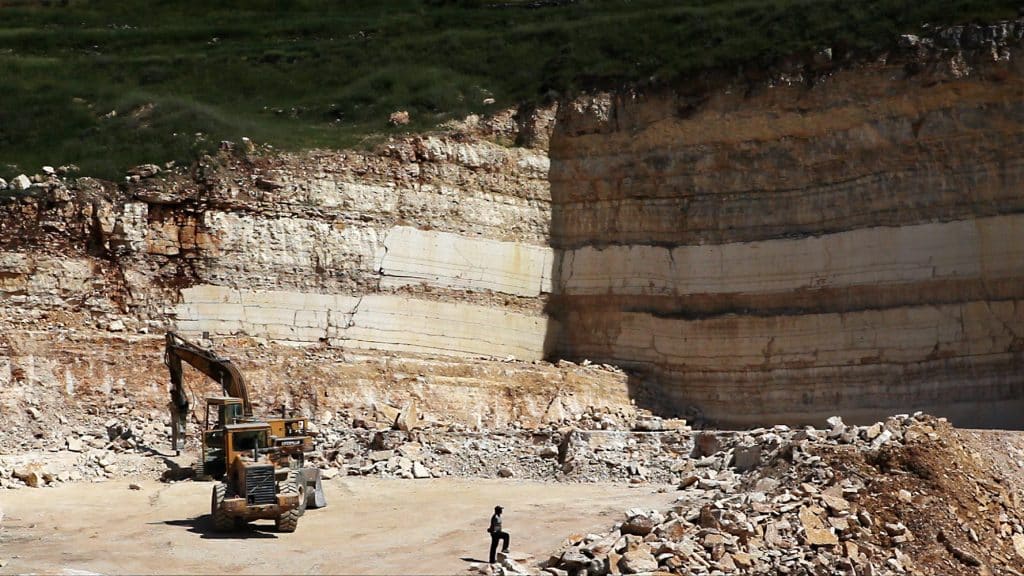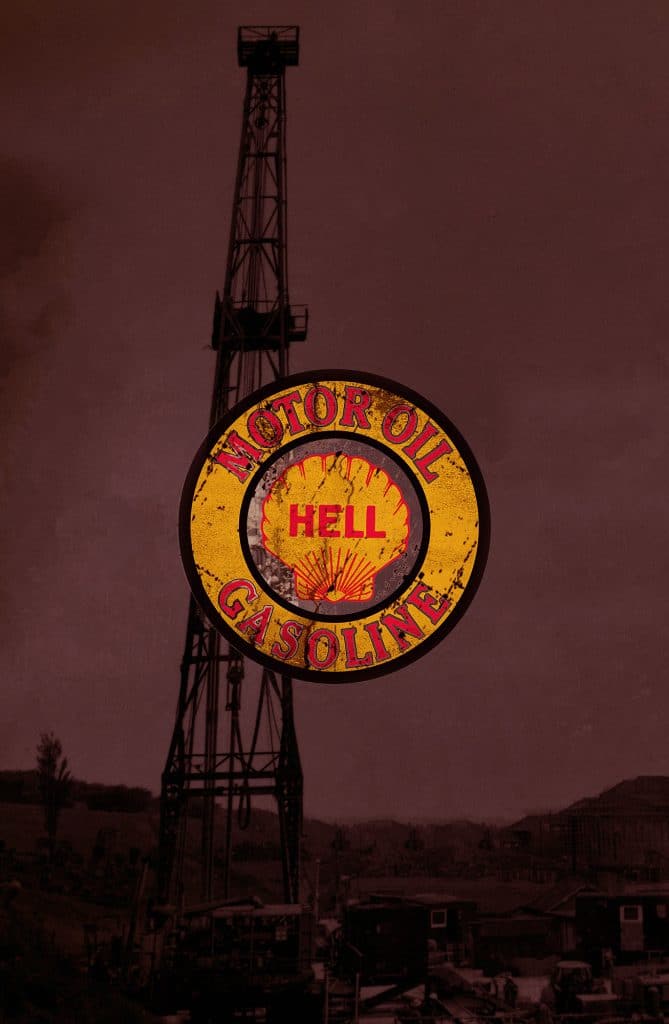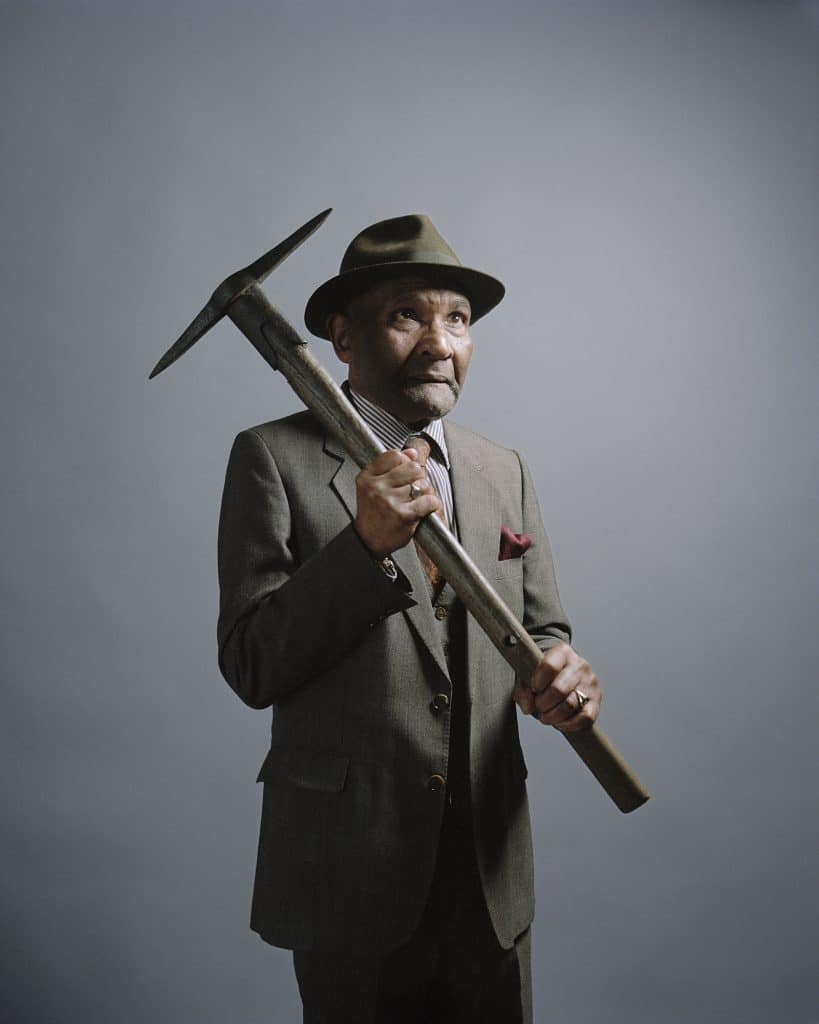Meeting Jaqueline Ennis-Cole—photographer, poet and curator of “Intersectional Geographies,” currently on view at the Martin Parr Foundation until this weekend—is an intuitive exercise in navigation outside the comfort zones of programmed visions. Jacqueline isn’t transported through the city via GPS, and doesn’t carry a phone. When scheduling a meeting with her, the delays, plan changes, and default mishaps of daily life must be mapped by thinking past the murmur of distractions continually surrounding us. Or at least this has regularly been my experience as a curator trying to schedule and arrive at a studio visit with the photographer.
There was once the foiled plan to meet at a closed Costa coffee shop before an event at The Frontline Club. Event time drawing near, we both decided to dive into the crowds, meandering through the labyrinth of London’s Paddington station during rush hour in search of one another—eventually meeting at a crosswalk. This, I have come to understand, is fairly typical when we meet. Near misses and seemingly fortuitous encounters always lead to discovering each other in a not-quite-planned but apt location.
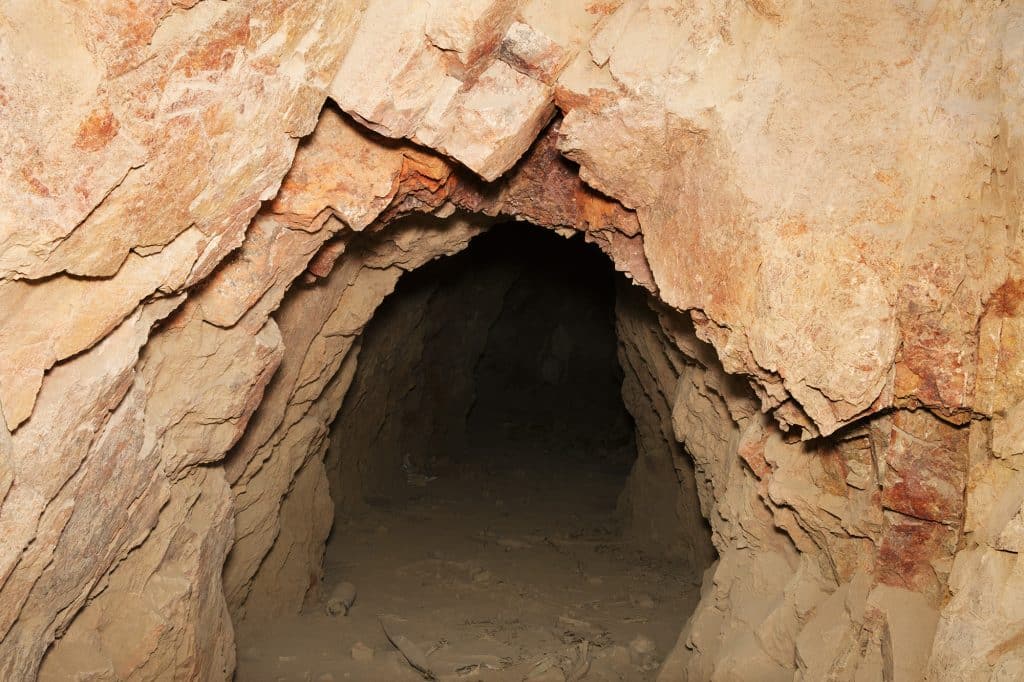
I was curious when I heard that Jacqueline’s exhibition had won an open call for submissions from underrepresented artists and curators, knowing it was her first time curating an exhibiton. The term ‘intersectionality’, intended to describe how the individual experiences of race, class, gender as well as social conditions and oppressive states overlap had become a familiar, albeit often appropriated term, yet was at the heart of Jacqueline’s practice of foregrounding those experiences. For the exhibition, the photographer and curator has channeled the term to weave a nexus of perspectives by 12 artists, including Lisa Barnard, Darek Fortas, Aida Silvestri, Rhiannon Adam, and David Severn. Geographies, the second part of the title, points towards a consideration of the human relationship to the land and nature, all explored through the visual language of photography.
In this sense, the exhibition recognizes polyperspectiviy amongst dichotomies between individual and planetary bodies, exposing their entanglement. It takes up different lenses as it zooms in from the larger conversations that address our climate crisis and industrial practices such as coal and gold extraction or fracking, and folds in conversations such as artisan and indigenous-run small-scale mines, as well as impetus towards manipulation and violence embroiled with the darker side of human behaviour.
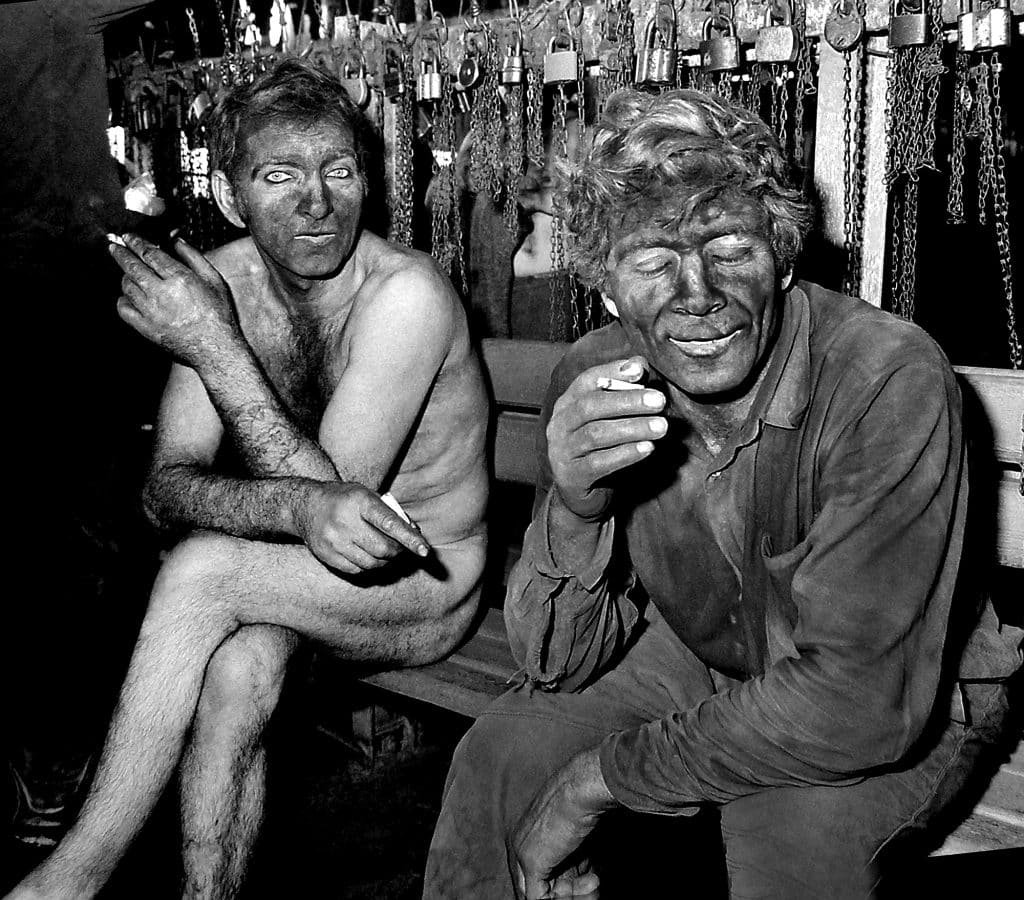
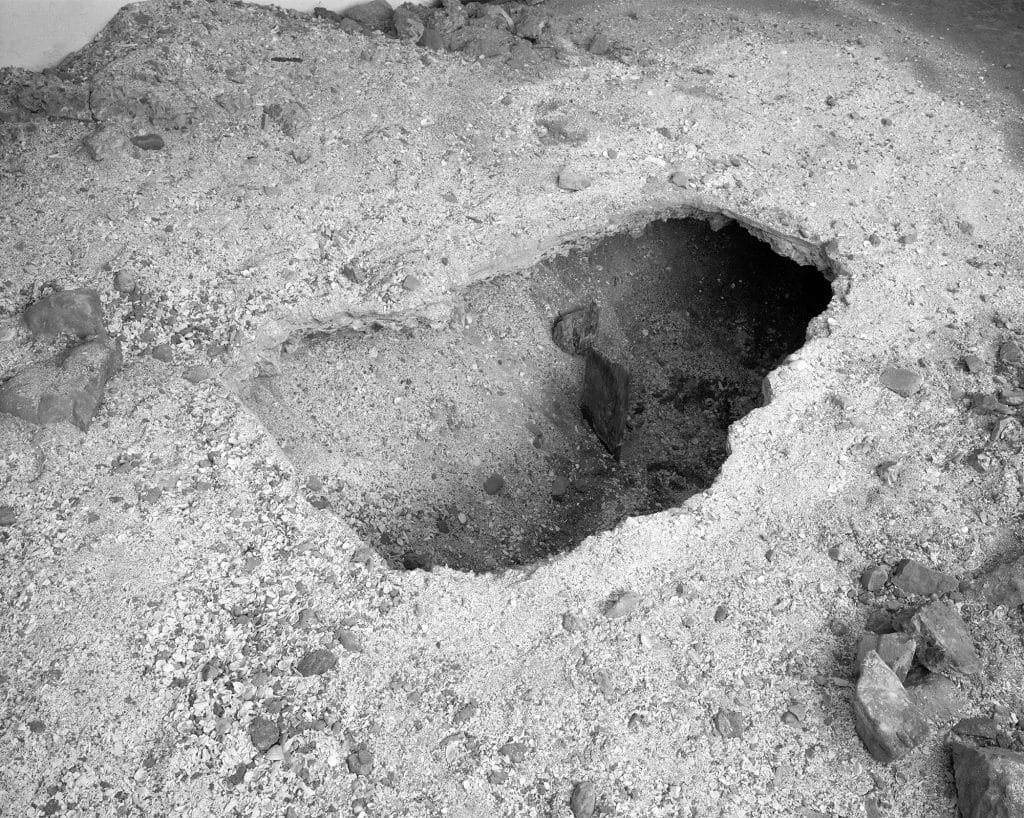
The image selections and placement of works are less about strategic control, in favour of diving deeper into the psychic functioning behind our drive towards production. The show takes on an almost forensic quality of sensing and emotional sense making. Aesthetics evolve as a relational force inherent in essayistic work, and images are seen overlapping and traversing painted boundaries within the space.
The methodological and intellectual architecture of the show is rigorous, yet self reflexive and investigates the underpinnings of photography itself with references to poetry both in the exhibition space and the accompanying catalogue. Entering the space, visitors are met first with Lisa Banard’s image from her series The Canary and The Hammer, taken across four years and four continents, which traces our obsession with gold, a mineral that is not only considered a standard of value, but exists in many of the technologies we use. Her large scale photograph shows the cavernous entrance to a mine, exposing the carved earth’s surface and abyss beyond the foreground. Jacqueline explains the selection by saying she sees it as an expression of eco-feminism, a movement which repurposed or repackaged Indigenous behaviours towards our relationship to land.
Xavier Ribas’ ‘Twenty-Eight Points’ (2014) and Ignacio Acosta’s ‘Metallic Threads’ (2012-2016) explore the mining and flow of nitrate and copper respectively, from Chilean origins to London, the world’s largest centre for investment in the minerals industry. The works highlight the foundational moment of the Chilean labour movement founded by nitrate workers, while drawing connections to Western exploitation. The thread of extraction as well as activism continues in the work of Rhianon Adam titled ‘The Rift’, which aims to broaden the narratives surrounding the development of ‘fracking’ (hydraulic fracturing for the extraction of shale gas). Made in the UK during 2018, the works use experimental processes which highlight the myths and dialectics of visibility surrounding so many discussions on climate crisis and pollution. Her work draws a parallel between analogue photography and life itself, whereby both rely on the existence of clean water to survive.

Jacquline includes her own work with the ongoing series, ‘Beneath Us’, which draws upon photographers’ recorded history and connection to woodlands. Here, she is guided through the geography by walking through a place ‘where chaos and order both exist’ to absorb the ‘feelings, vibrations, and mood’ or personality of the surroundings. The atmospheric tone of these works are reverberated in other works in the show, such as Roshini Kempadoo’s ‘Like Gold Dust’ (2019), which takes women narratives from two terrains, Guyana and Texas, to explore relationships between environments and women’s activism.
Priority is given to imagery, and text emerges through poetic, archival, or the power of personal testimony. Aida Silvestri’s work ‘Unsterile Clinic’ is a visual activsm project that aims to raise awareness of how families are implicated in the practice of extraction – the taking away of sexual pleasure, the cutting and extraction from young female bodies – also known as female genital mutilation (FGM). The abuse, catagorised as an offense under the Serious Crime Act of 2015 is difficult to face. The shadowed silhouettes hold intimate portraits and accompanying personal witness to the terror involved.
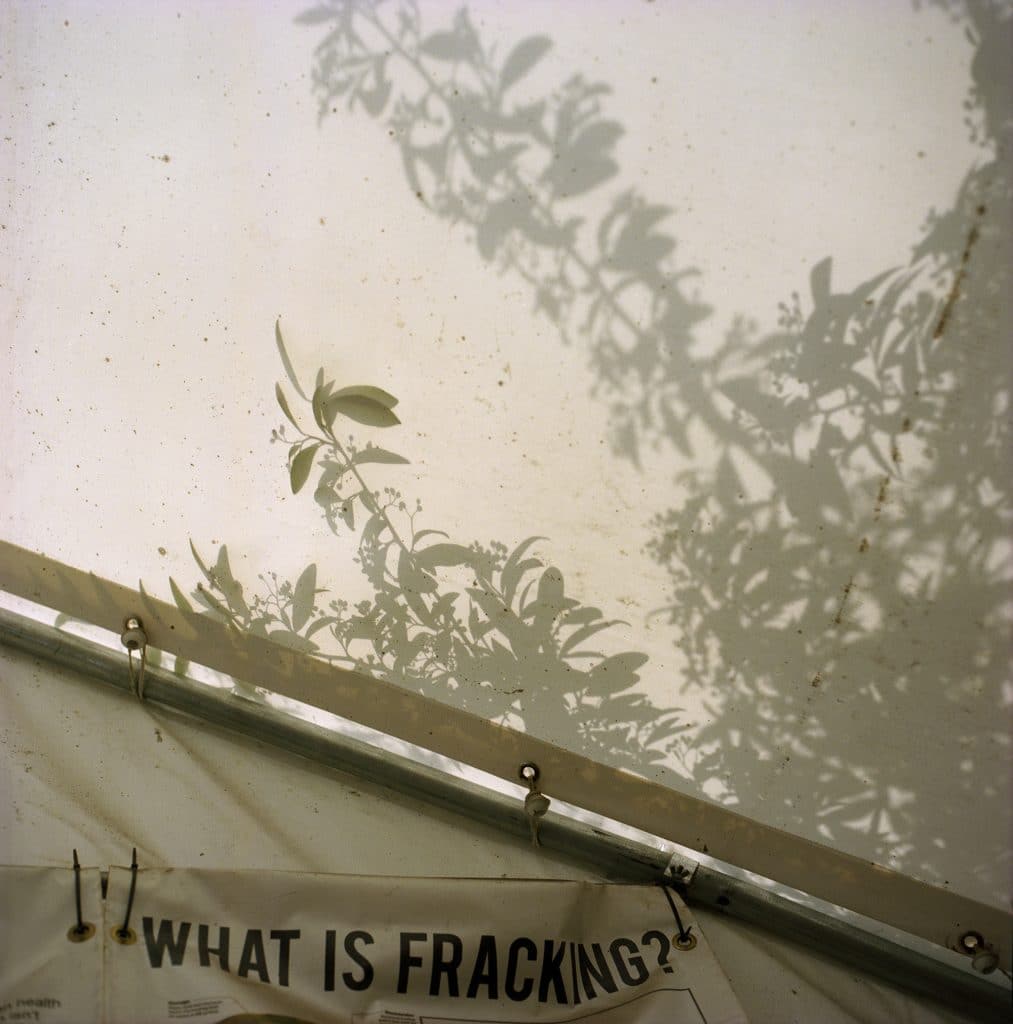
Emotional response to the pain involved is inescapable here. We are physically jared from the intellectual and rationale discussions that are becoming normalized when discussing the flow of resources and climate change, to a visceral and embedded response of loss. It is here that The show turns the currency of the exhibition back to the beginning image of the cavernous open mine, as we are reminded of the personal and planetary bodies connections, as well as the personal interacting with the political.

